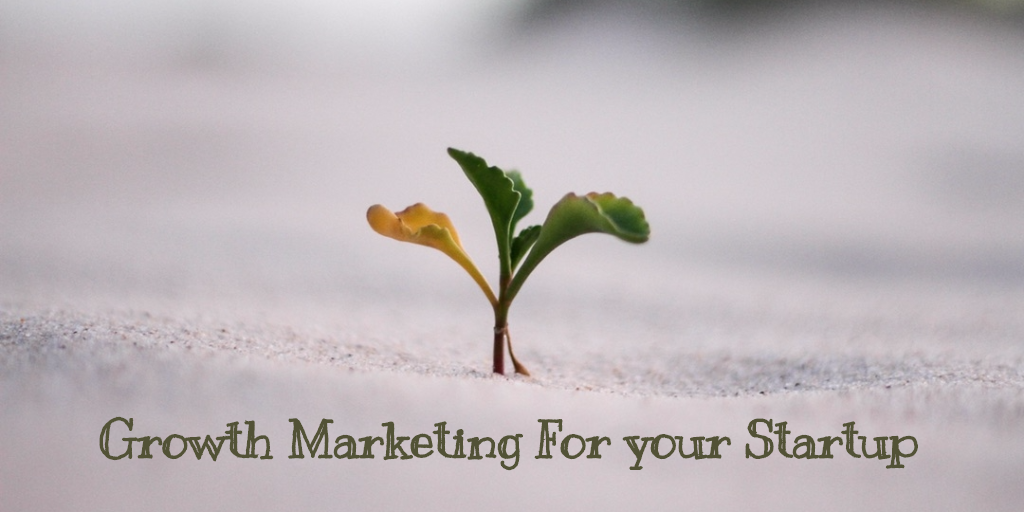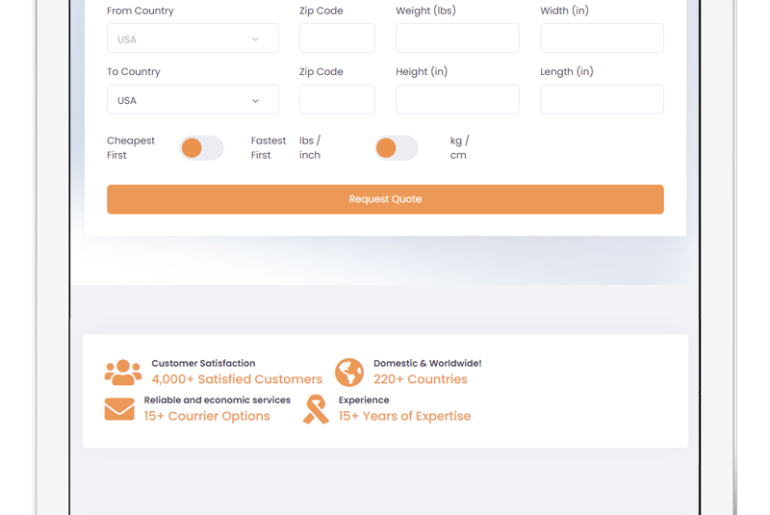When it comes to growth, the only thing startups know is FACEBOOK ADS. Upon inquiring, I found out they never created a growth model for their product/service and neither were mentored properly in this specific domain.
Get this very straight, your product is not more than a heap of smoldering mess. If it’s not made while keeping your targeted audience in mind in order to achieve PMF (Product Market Fit). I will take you guys through the steps of implementing a growth model but before than that, let’s understand how the analytics and growth of tech product works.
Also when you advertise on Facebook to very targeted and narrow downed audience, which might be interested in your offering then your cost will be much lower than what you might spend on the relatively targeted audience. Your cost can be lower up to 100x. This is how FB algorithm works..
Lean Startup Model
As per the theory, this is how one can build things properly: Idea >> build >> product >> measure >> data >> learn.
Idea: Your idea isn’t the first neither its unique, so stop fooling yourself and everyone has a great idea, right?
Build: People love this part, but it’s not always a good thing.
Measure: This is where most of the things start to fall apart.
Learn: No data, no learning!
Start following the lean model and eventually it will become very hard to lie, at least with yourself. Everyone has data but not everyone is growing by using that data, the key is to figure out what-what pieces will improve your learning and decision making.
What Key metrics you are Tracking?
Note down the key metrics your business is tracking right now. A good metrics is:
- UNDERSTANDABLE (If you’re taking too much time in explaining the data chances are you won’t be acting on it).
- COMPARATIVE(active user vs active users/month)
- RATIO (% of monthly active user base)
- BEHAVIOR CHANGING (If the metric can’t change the behavior of your business it’s not a good metric at all)
Don’t rely too much on the vanity metrics such as users, follow/likes, logins, and downloads. Start your journey from the lagging metrics and try to get at the leading metrics. A lagging metrics is just an overall report that shows how you are doing and a leading metrics shows you a metric of tomorrow based upon today’s number. Examples of leading metrics are Facebook user reaching 7 friends in 10 days of signing up. Linkedin user getting to X connections in Y days.
How to Implement Growth Marketing Process for your startup?
Now, here are the perquisites to implement a growth marketing process:
- First of all, you need to have a business model canvas and don’t try to jump into the growth process before you have a business model canvas that is validated around 80%.How to make it (Use a free tool Strategyzer)
- The second is associated with the business model canvas is the VALUE PROPOSITION CANVAS. Your business should be solving a real pain and your solution should be aligned to provide relief to that pain. This is called Problem Solution Fit.
- The third is to have a clear understanding of who your segments and personas are, who is your target audience that will be benefited from that solution of the pain you are solving.

Implementing the Growth Process
The first and most important thing for implementing the growth process is the Pirate funnel by dave its a phenomenal KPI based framework and can be used for any business. Every customer segment goes through 6 different steps on his customer journey.
— Awareness: How to get people use your product or visit it.
——- Acquisition: How many users are taking the first step.
———- Activation: Are they subscribing or signing up?
————–Retention: Does a one time user become engaged?
——————- Referral: Are users promoting your product?
———————– Revenue: Are you making money from user activity?
Now add 2 columns just side by side with this funnel and answer yourself in the first column what each metric means for your business. The second column is a bit difficult, as it is linked with a data-driven approach, what metric can you track easily and accurately?
Once you are down with the aforementioned requirement then jump into the OMTM. OMTM is one metric that matters, this is a notion coined by Aleister crol, the concept behind OMTM is across the entire development journey of any business there is OMTM that matters the most than all other metrics and that’s the metric, that demands your attentions obsessively.
The GROWS Process
Now comes the G.R.O.W.S process, it consists of 5 different segments.
- G: Gather Ideas, this is really important because it is the process where you and your subordinates will work to create a pool of ideas that can improve that OMTM, required to take your business to the next level.
- R: Rank ideas, rank each of the idea depending upon its priority presented by your colleagues. The idea with highest score wins and demands and immediate EXPERIMENT, this can be done by using prioritization framework, there are 100 of templates available on the internet.
- O: Outlining Experiment, this is where you take your highest rank idea and design an experiment to execute which will verify, if the highest rank idea is good a fit or not. If it’s not going for the 2nd highest idea. To verify an experiment, use an experiment sheet, this sheet consist of 4 parts.
1st Part: What you believe? (Make it simple, unambiguous and testable)
2nd Part: How you will verify it? (Describe your experiment)
3rd Part: What will you measure? (What will happen(quantitative, why will it happen)
4th Part: What is right? (what conditions need to met, to verify if you are right or wrong) - W: The fourth segment is work, work and get it done.
- S: Study data, this is a crucial part and yet people spent less amount of time in analyzing what went wrong? Why our first idea was failed and what needs to be done now. What usually happens, we tend to look at the hard QUANTITATIVE DATA of our experiments such as referral rate, added to basket, added to cart, added to wishlist, bounce rate, scroll percentage, retention rate, time on site, CTA and CTR. While looking out for all these quantitative data, we somehow put less emphasis on the QUALITATIVE DATA which is necessary to focus on why the experiments was failed, such as exit polls, white papers, scroll maps, UX testing, customer support finding, sales support finding, onsite live test, usability testing, and desk research.
This is how we can learn about our ideal customer and how to make the next experiment more stronger. The last step is GROWS, GROWS and GROWS to keep on experimenting the ideas, this is what growth hack is finding something unique that can create a phenomenal win!
I hope you find this article helpful. Share your opinion and suggestions if you find it helpful.
Credits: Syed Sarim.







